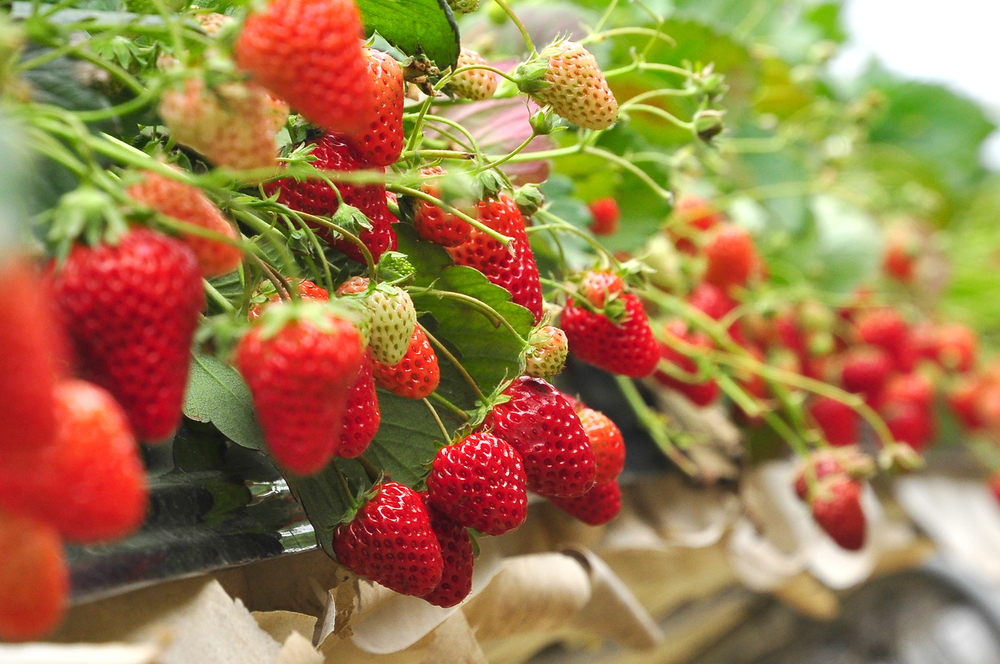In this interview with Patrick Henry, CEO and Dr. Jeff Campbell, GroGuru’s Chief Science Officer, they discuss soil sensors and the locations the sensors are placed.. The GroGuru sensors monitor soil salinity and EC, and are easy to install. Contact us for a quote for your individual growing needs.
Patrick: Based on that, with different crop types, how many sensor locations do you typically want in a field?
Jeff: The real answer is that it depends. The factors that go into that are the value of the crop. How much of a salinity issue do you have? What is the variability on that field? Do you have a lot of different soil types? Do you have a lot of different slopes?
Do you have problem areas with either very high or very low yield? The more diversity that you have on your field, the higher the sensor density. There is a practical limit as well. Generally, we recommend a sensing location per 10 to 20 acres.
Patrick: Let’s say that you have five sensor locations in 100 acres. How many sensors do you want to have in the soil at that location at different depths? Does it vary by crop type?
Jeff: It does vary by crop type. For most orchard environments, you would have three sensors at three different depths. In some seasonal vegetables, usually two depths is sufficient. If it’s a relatively shallow rooted crop like tomatoes, that might just need six in 18 inches. If it’s an almond orchard, it might be eight inches, 20 inches and three feet.
Patrick: In horticulture in the indoor growing market, how many sensor depths do you typically have there?
Jeff: Typically, it would only be one depth. They tend to be potted or artificial grow block medium. Usually, a sensor located in the middle of that soil volume is ideal.
Patrick: Within the indoor growing market, if a grower waters a medium using a nutrient solution at 2.0 EC, what should the grower expect when the sensor reads the EC values?
Jeff: You have to remember that when you read a value of 2 decisiemens per meter, when you apply that water to your grow medium, you’re not filling the entire volume of your grow medium with that solution. You have intervening material whether that’s organic matter or rock. You have air space. Those act as insulators.
In reality, you’re going to see a lower EC value. The rule of thumb is, our reported salinity, that SPEC value should be somewhat close to the value of that irrigation water. The bulk conductivity that you measure in the soil when you report both values will be considerably lower. It’s oftentimes one third or less of the irrigation water’s conductivity.
Did you enjoy this video? If so, leave a comment and let us know what you liked! We appreciate your feedback! We are happy to talk with you about your specific sensor needs and locations. Please contact us today to get started.

